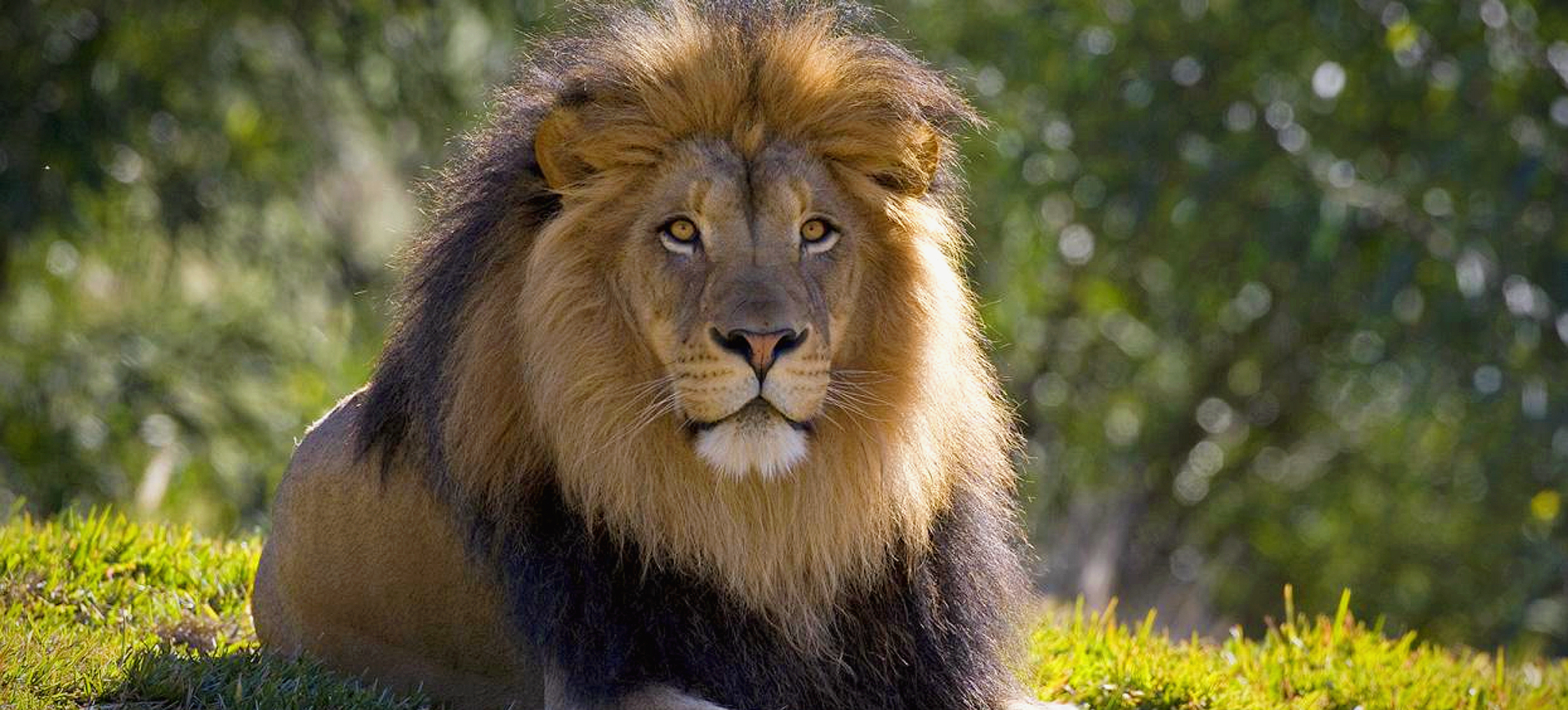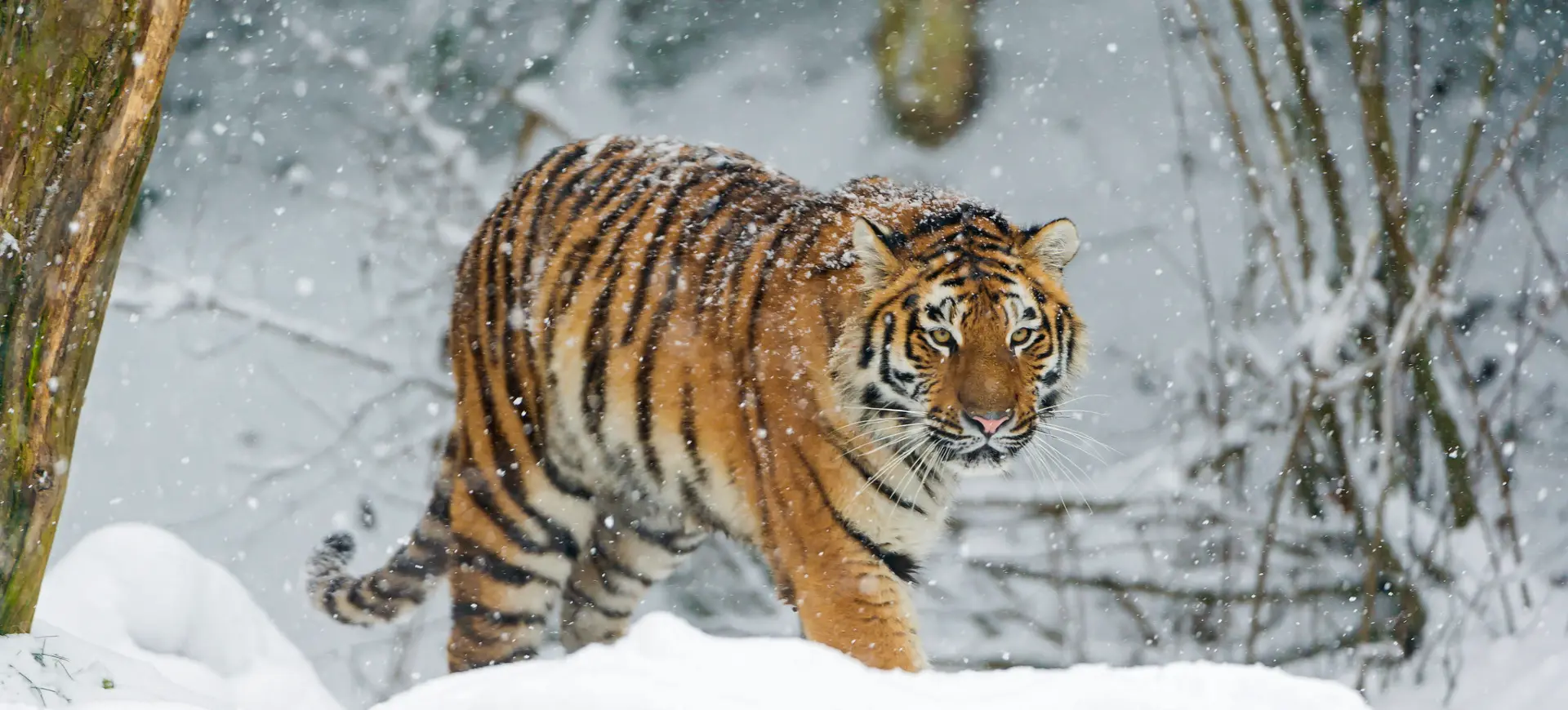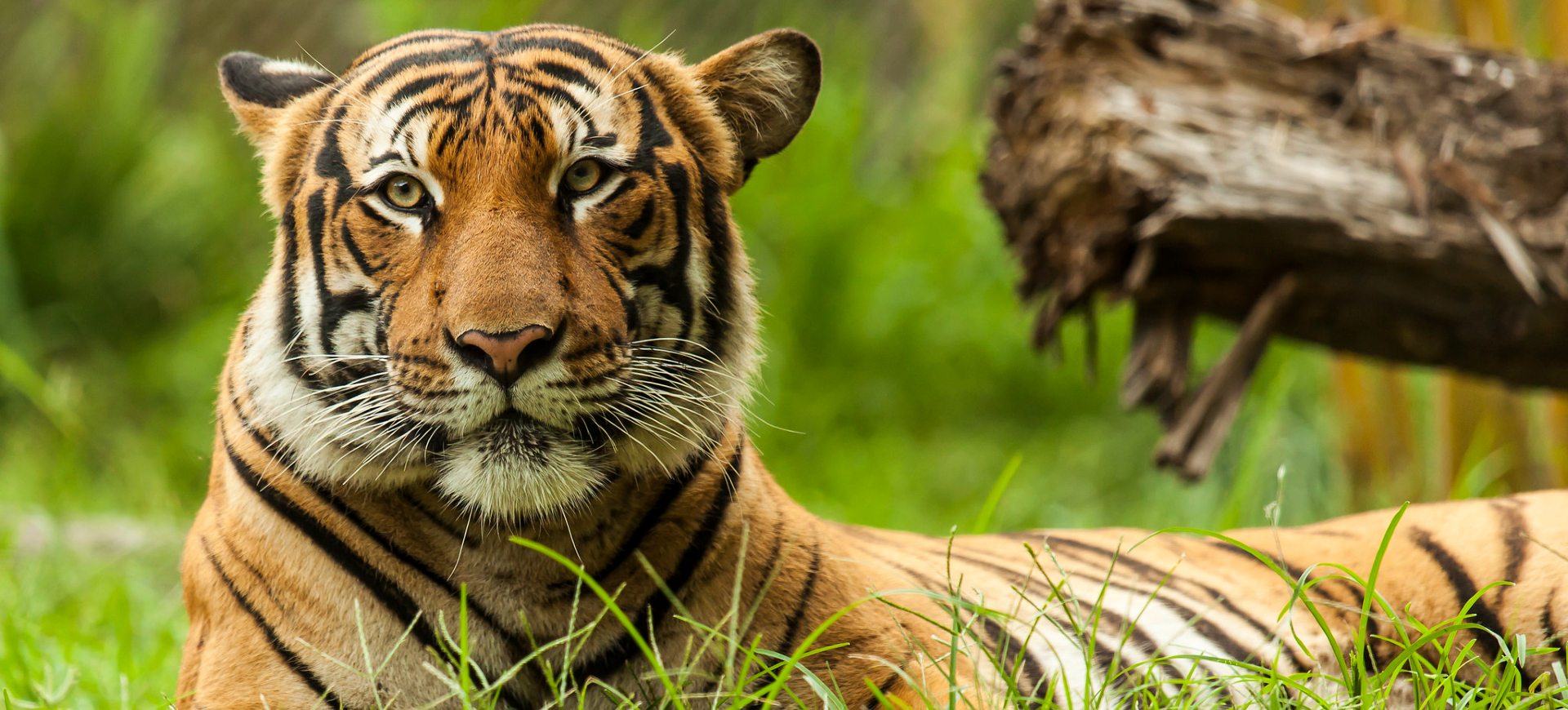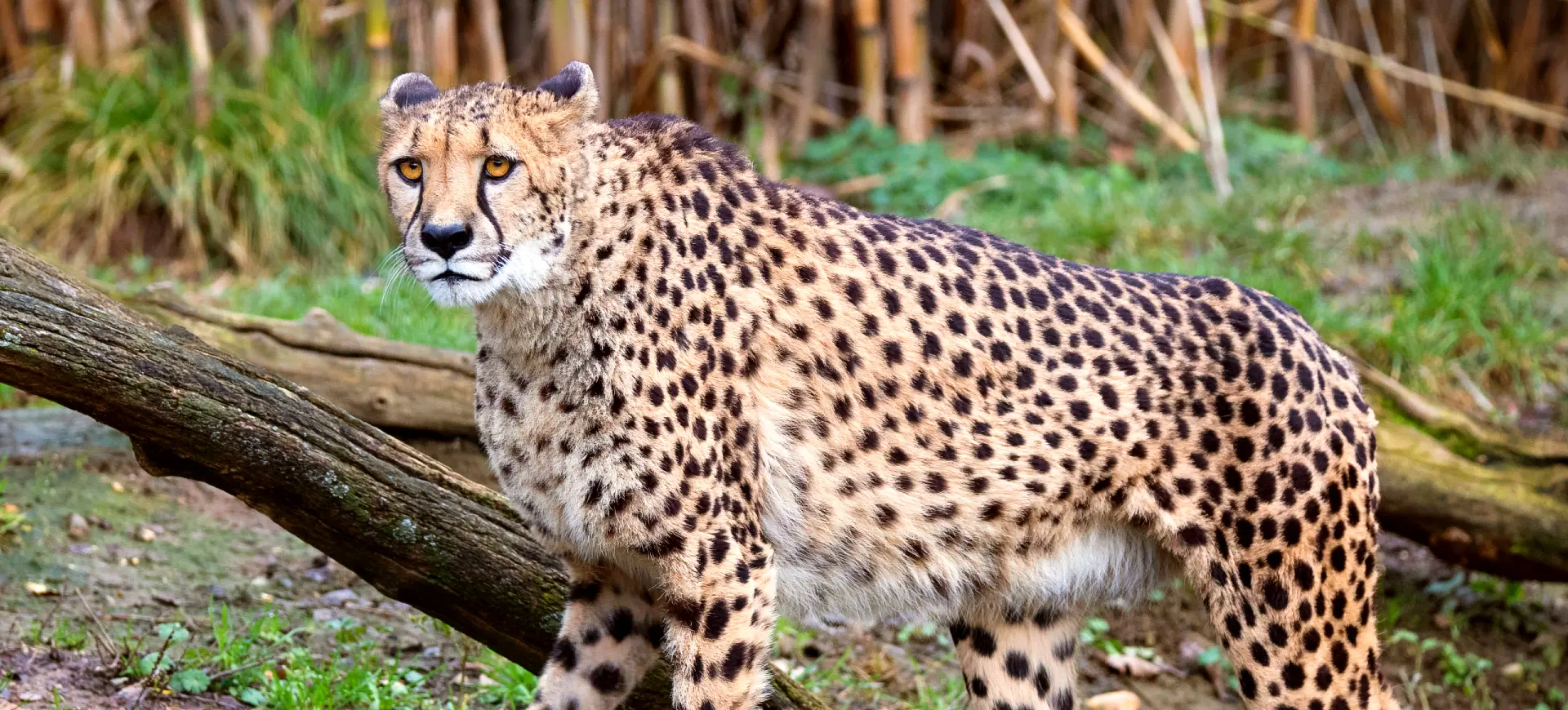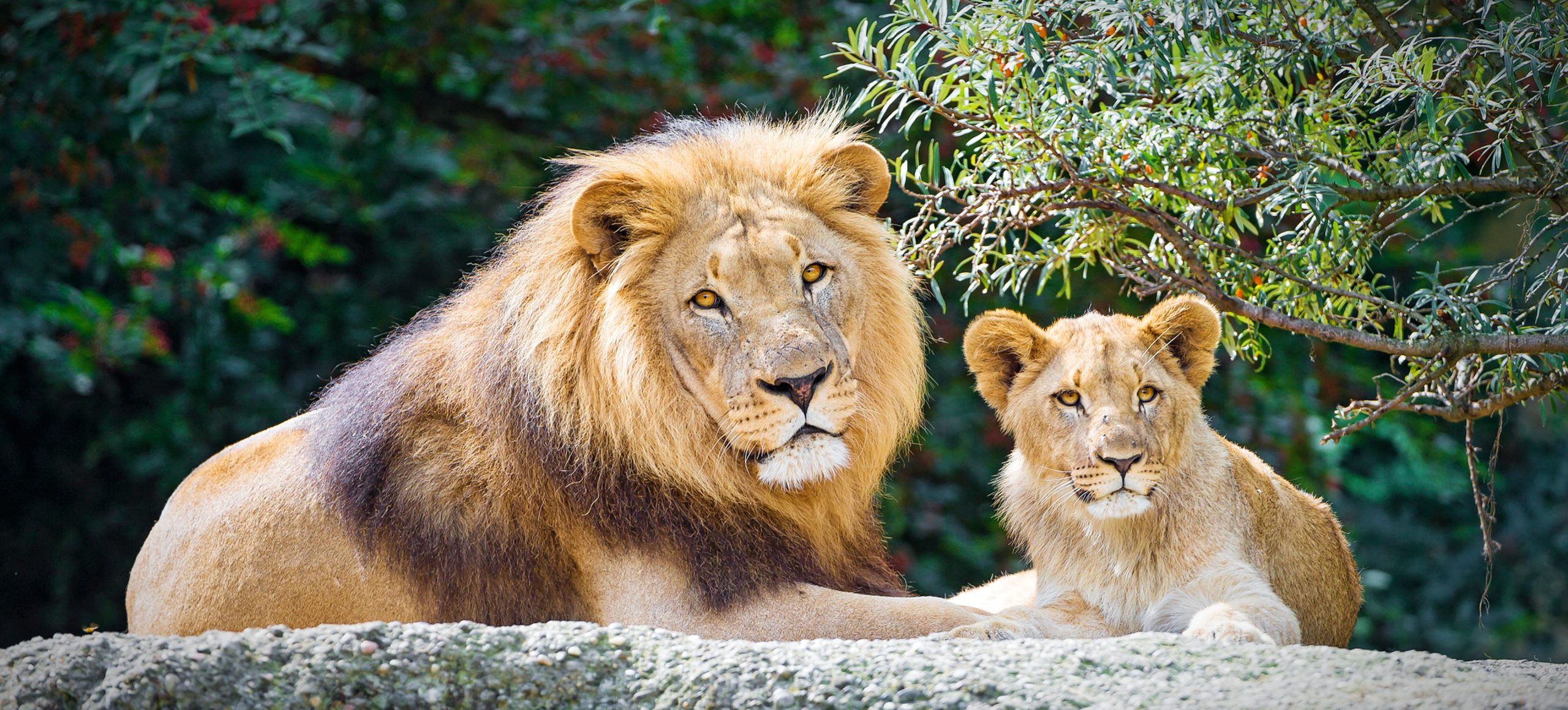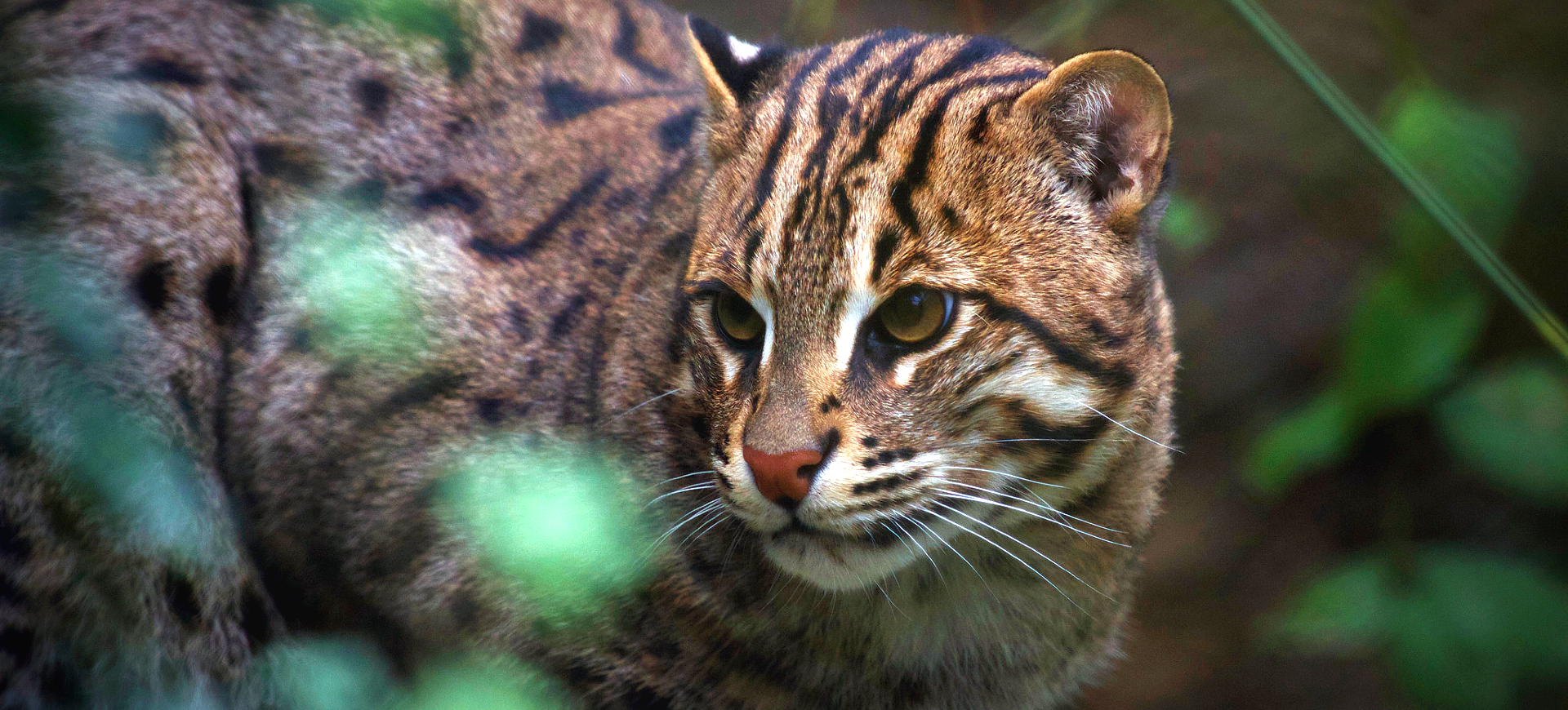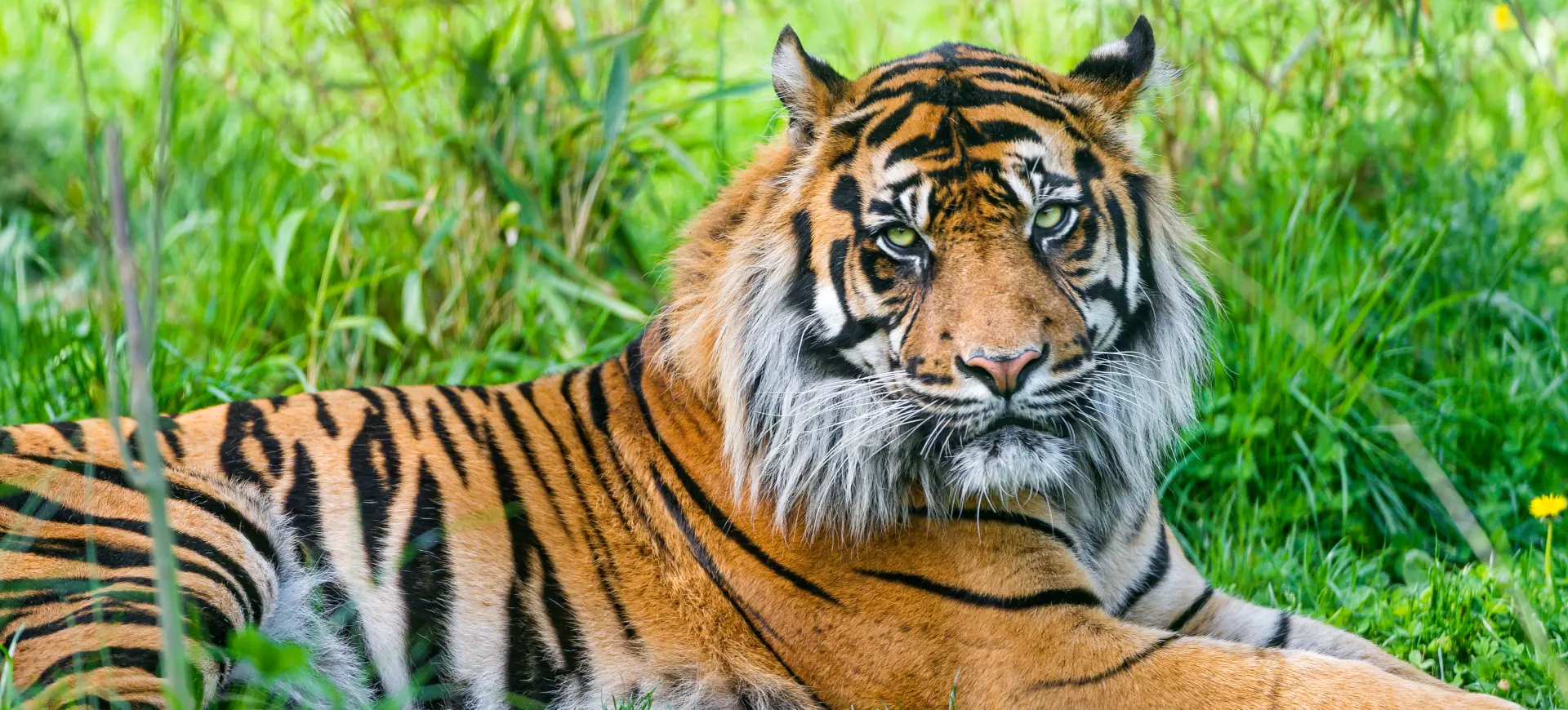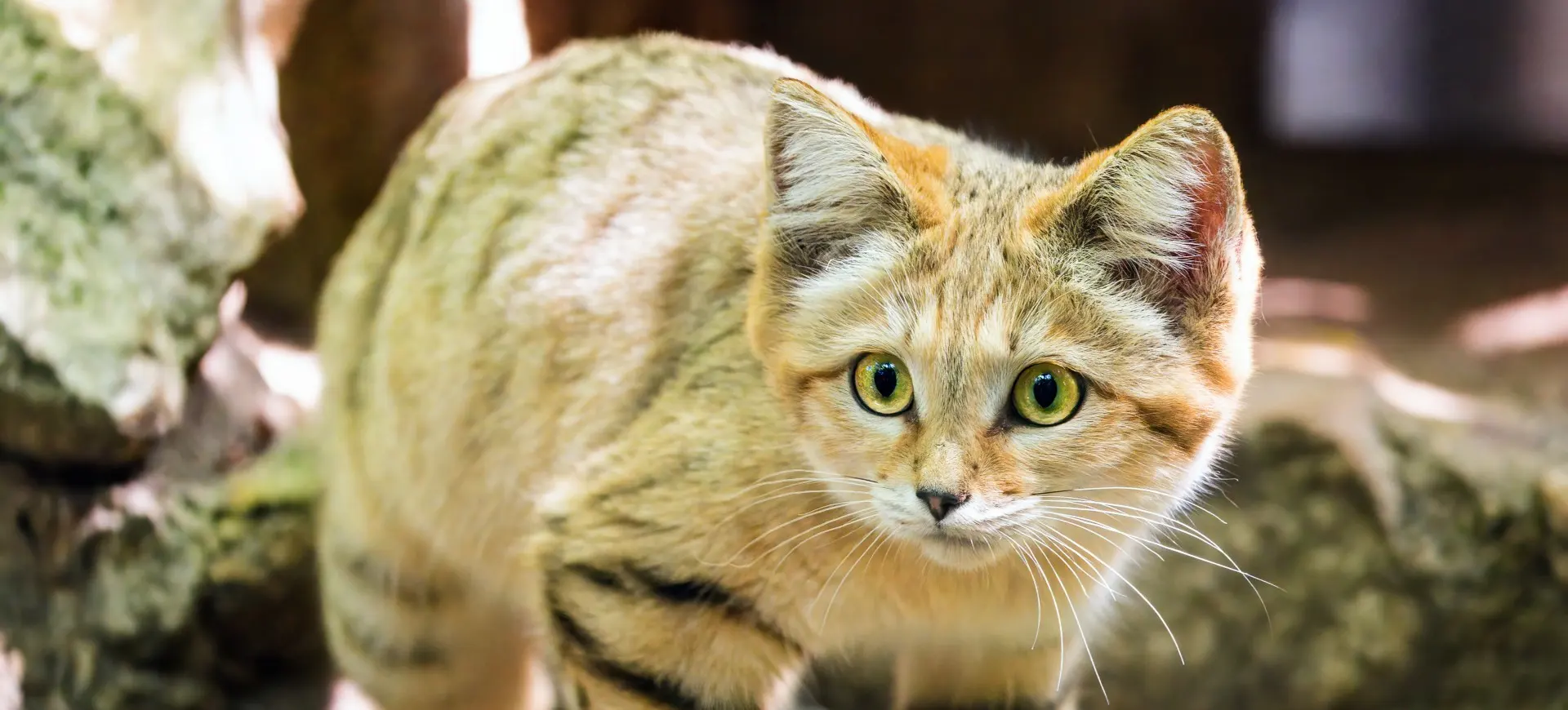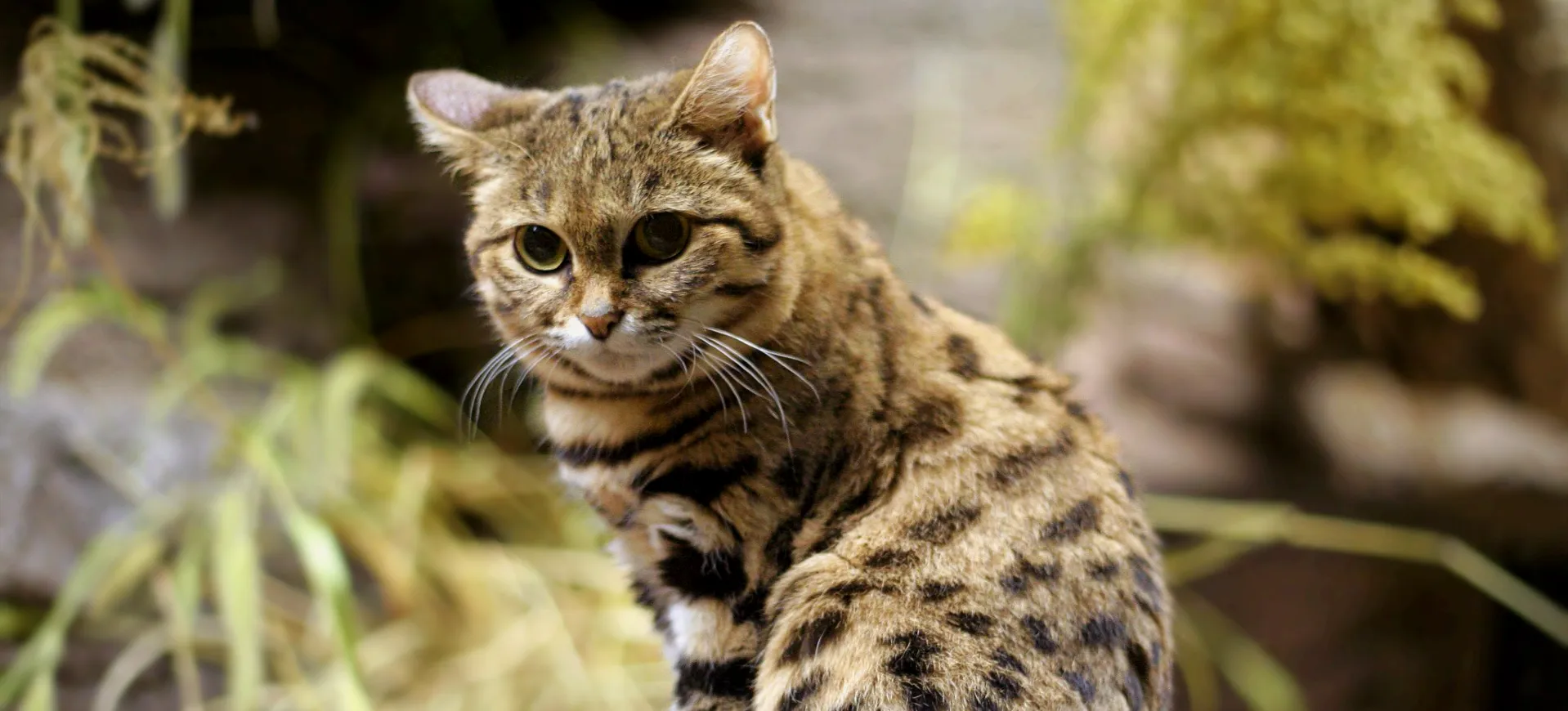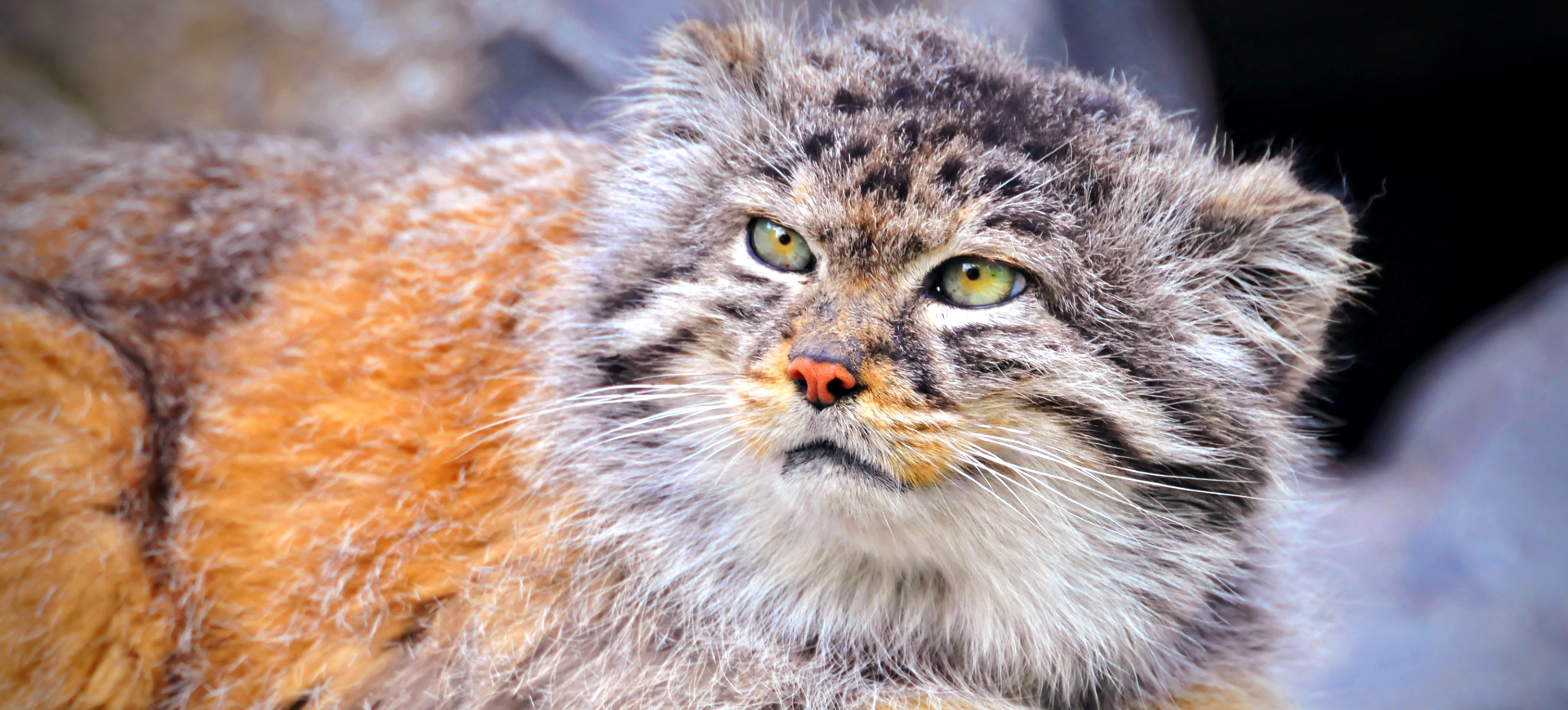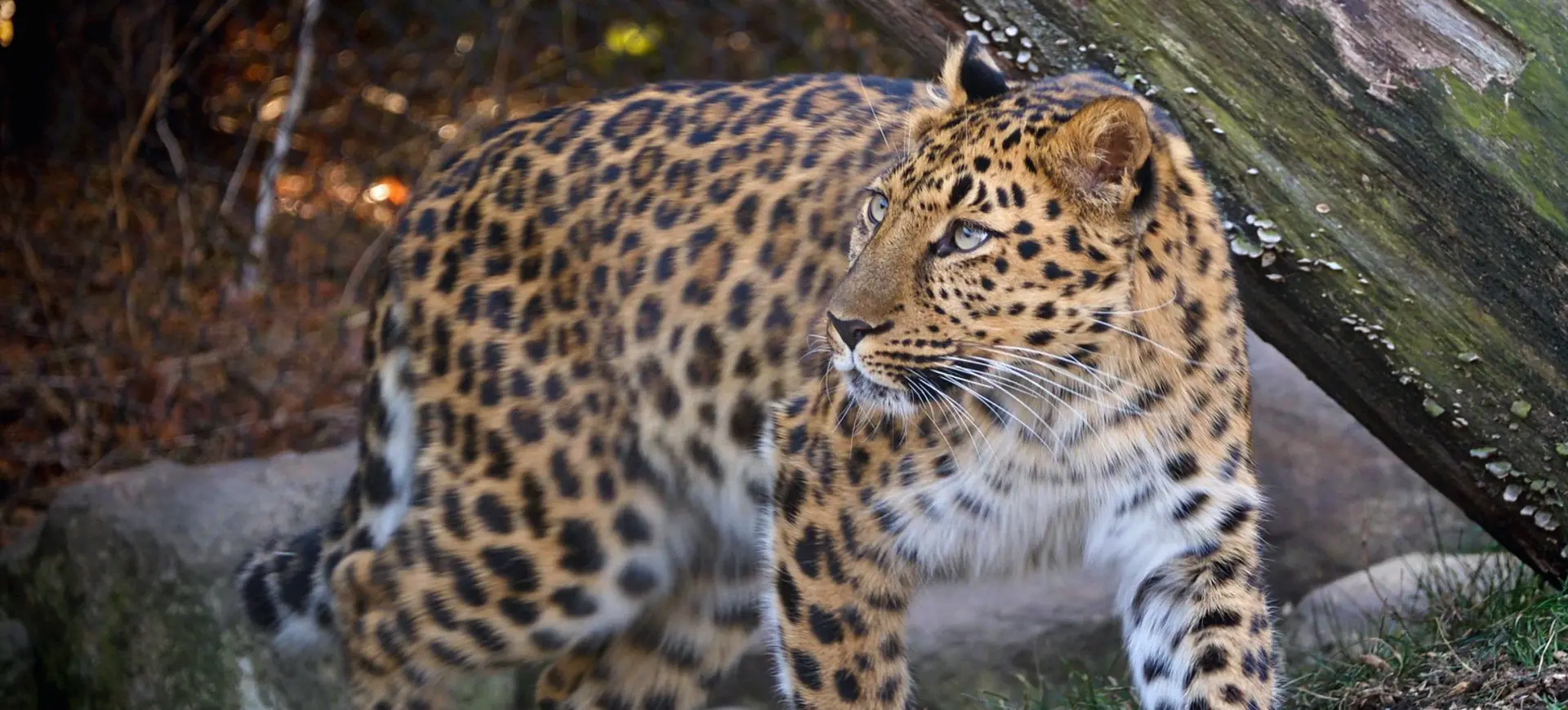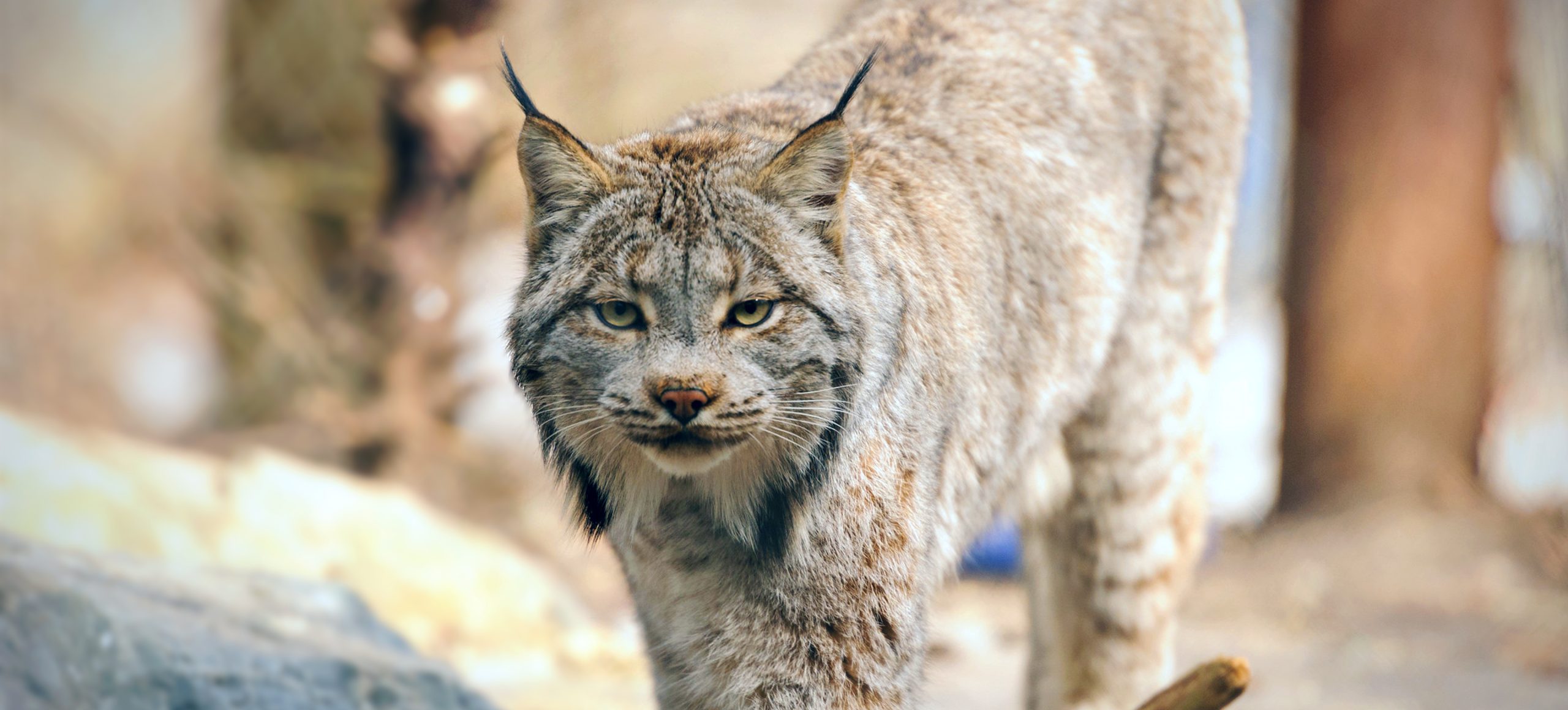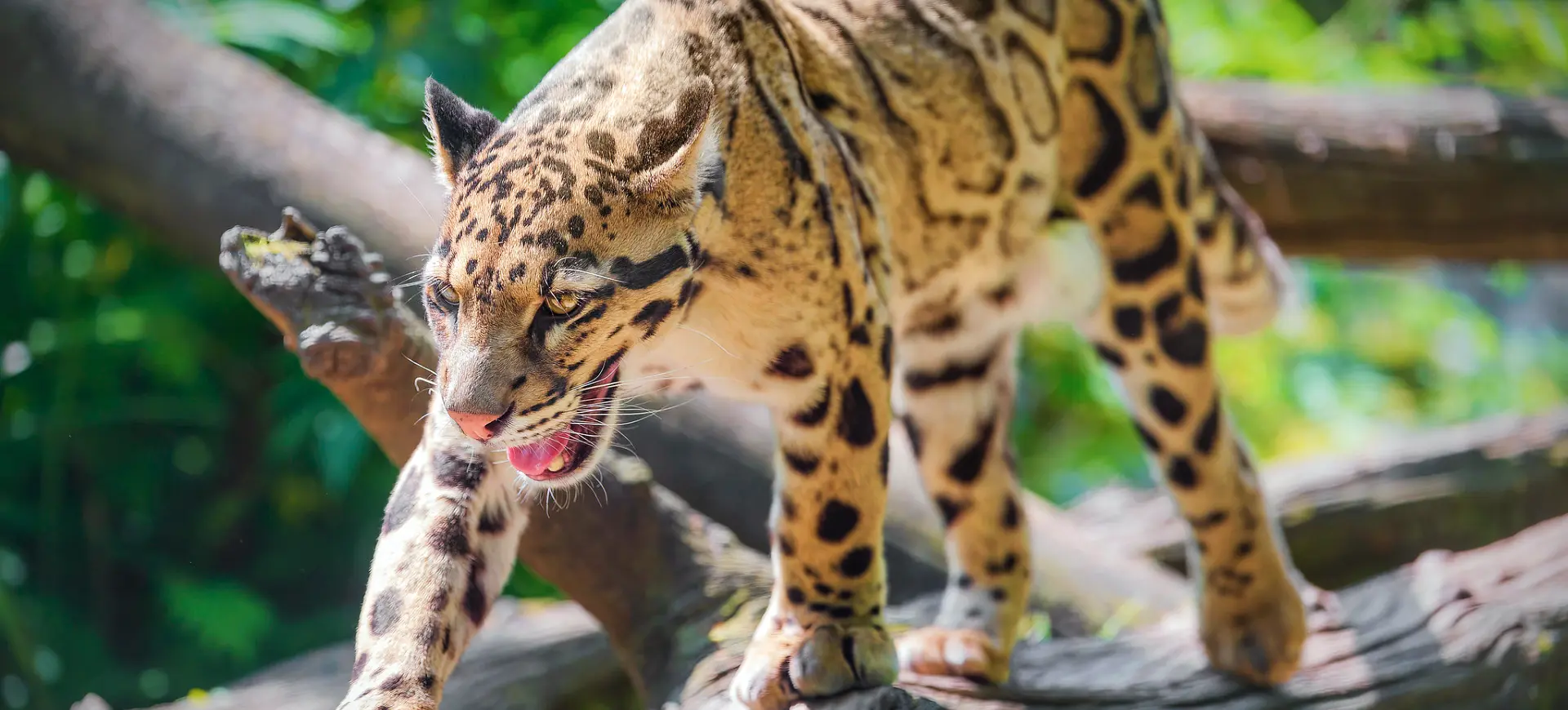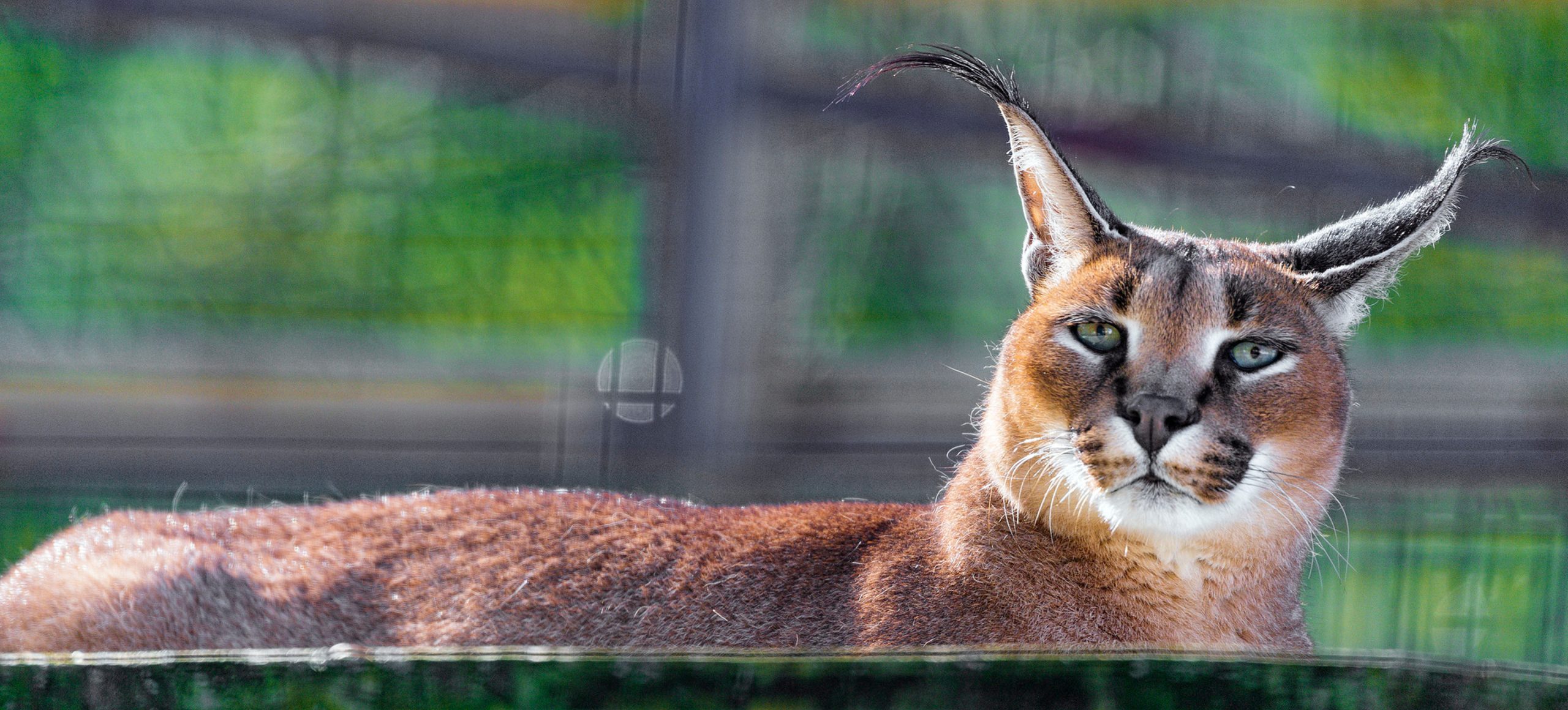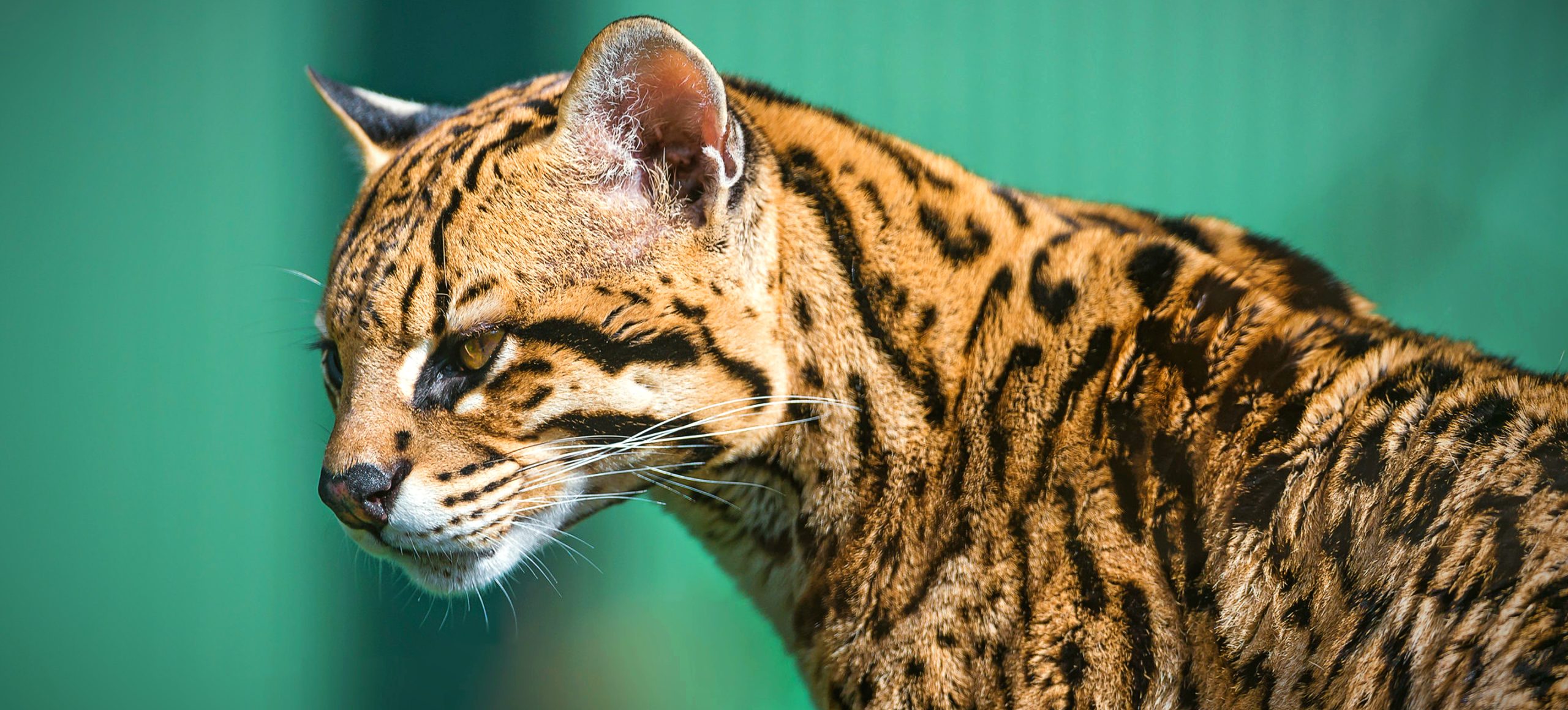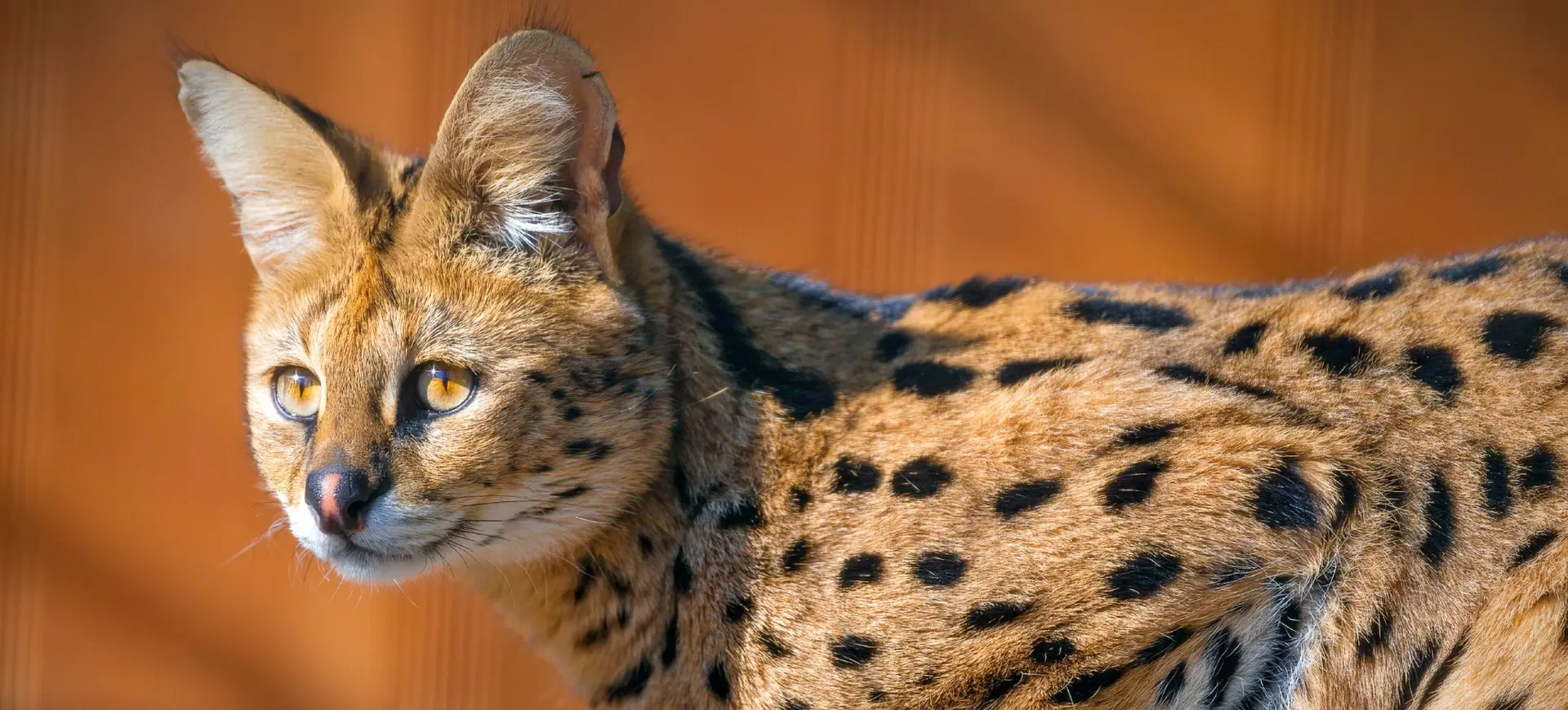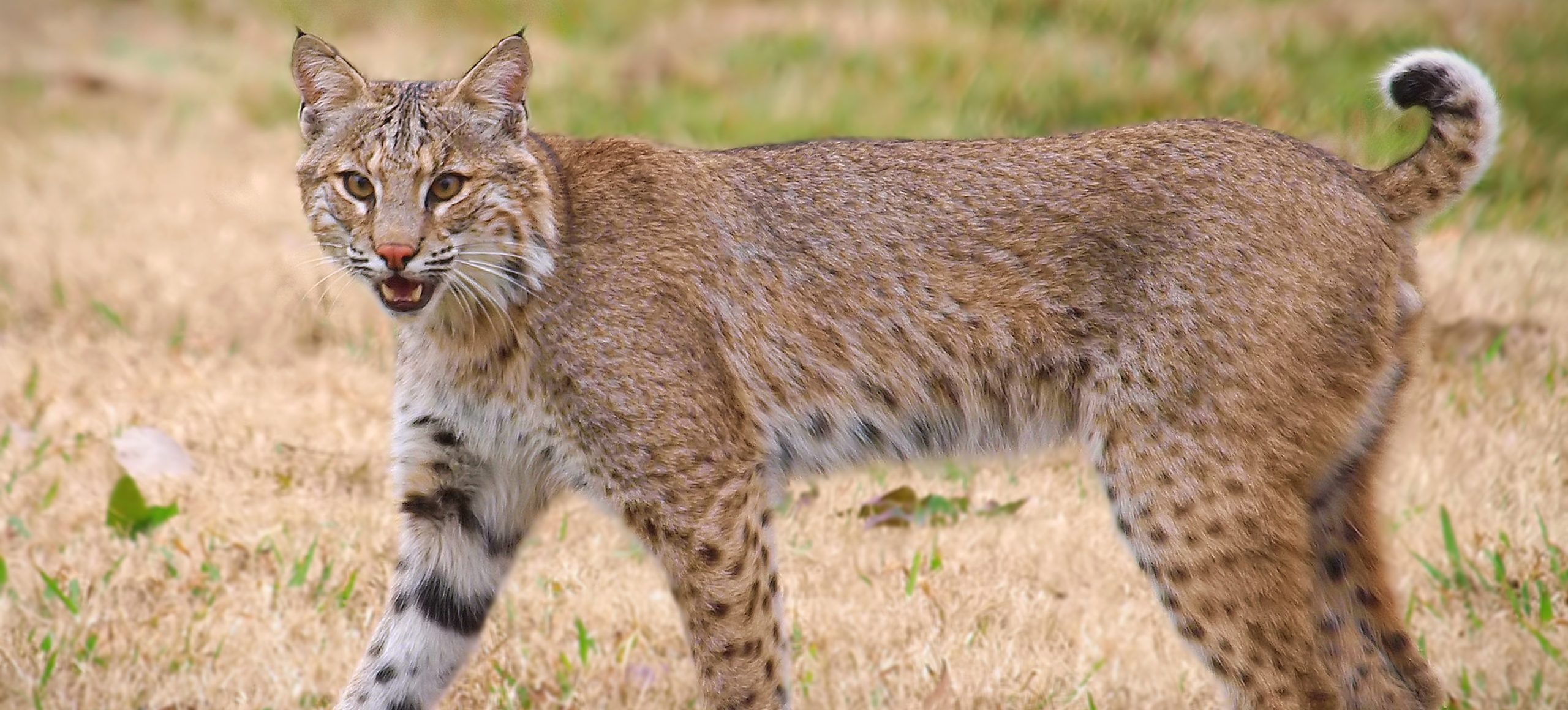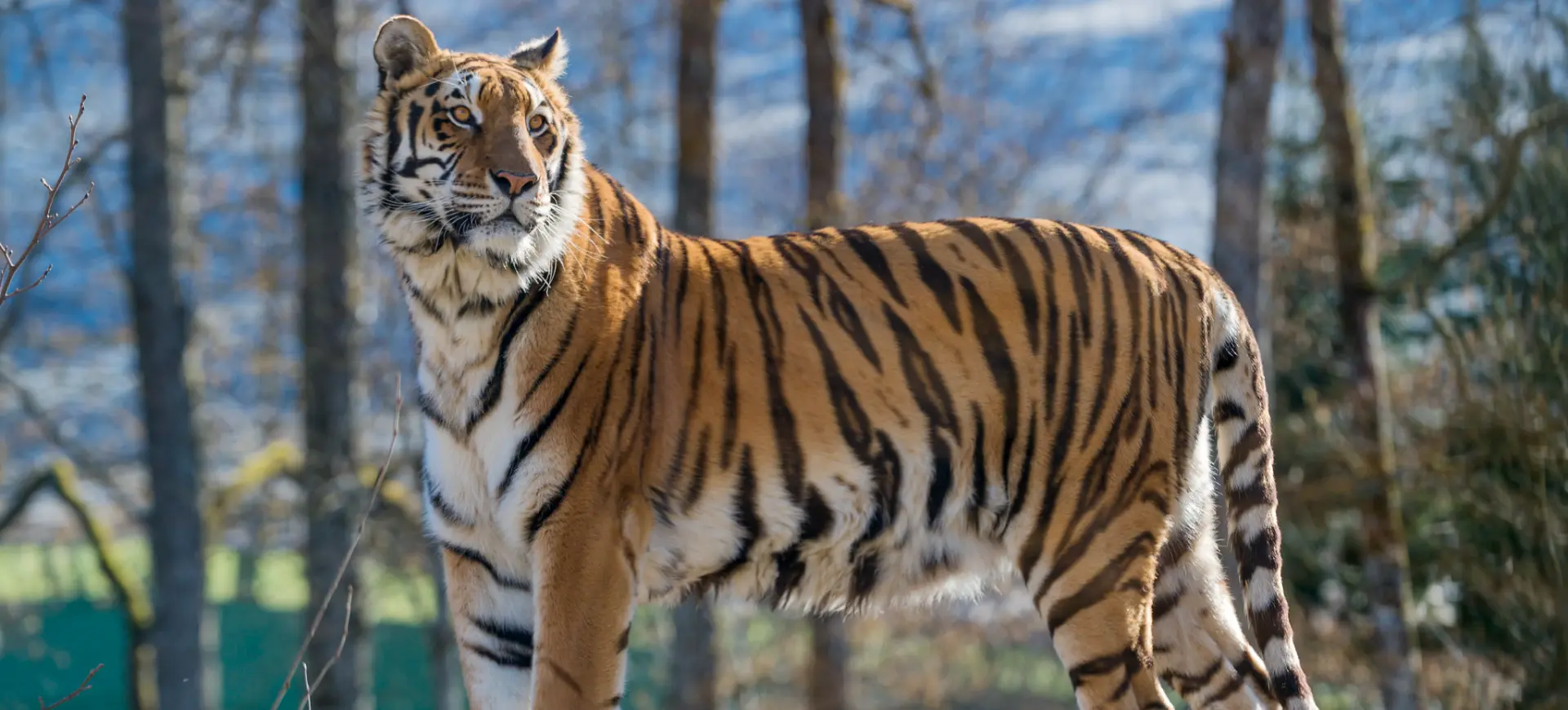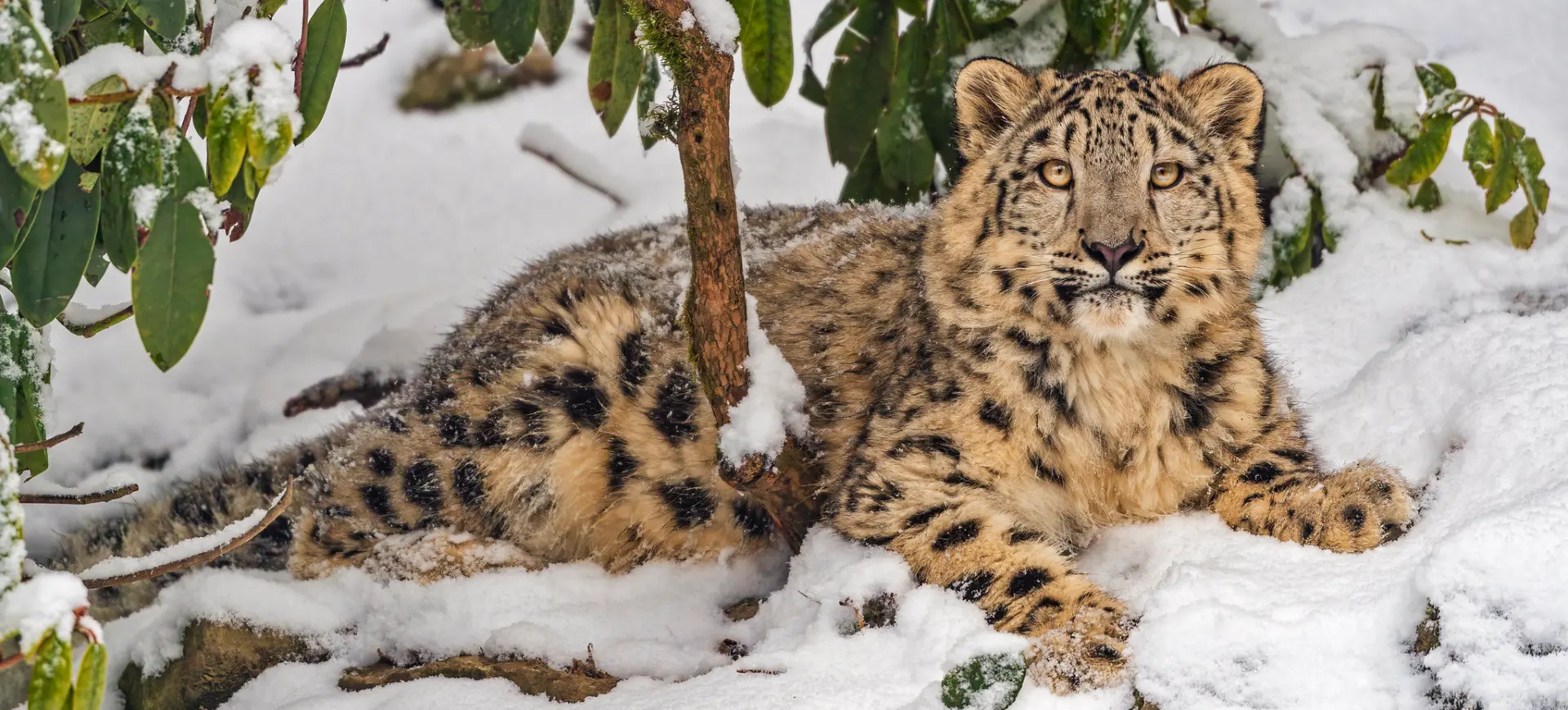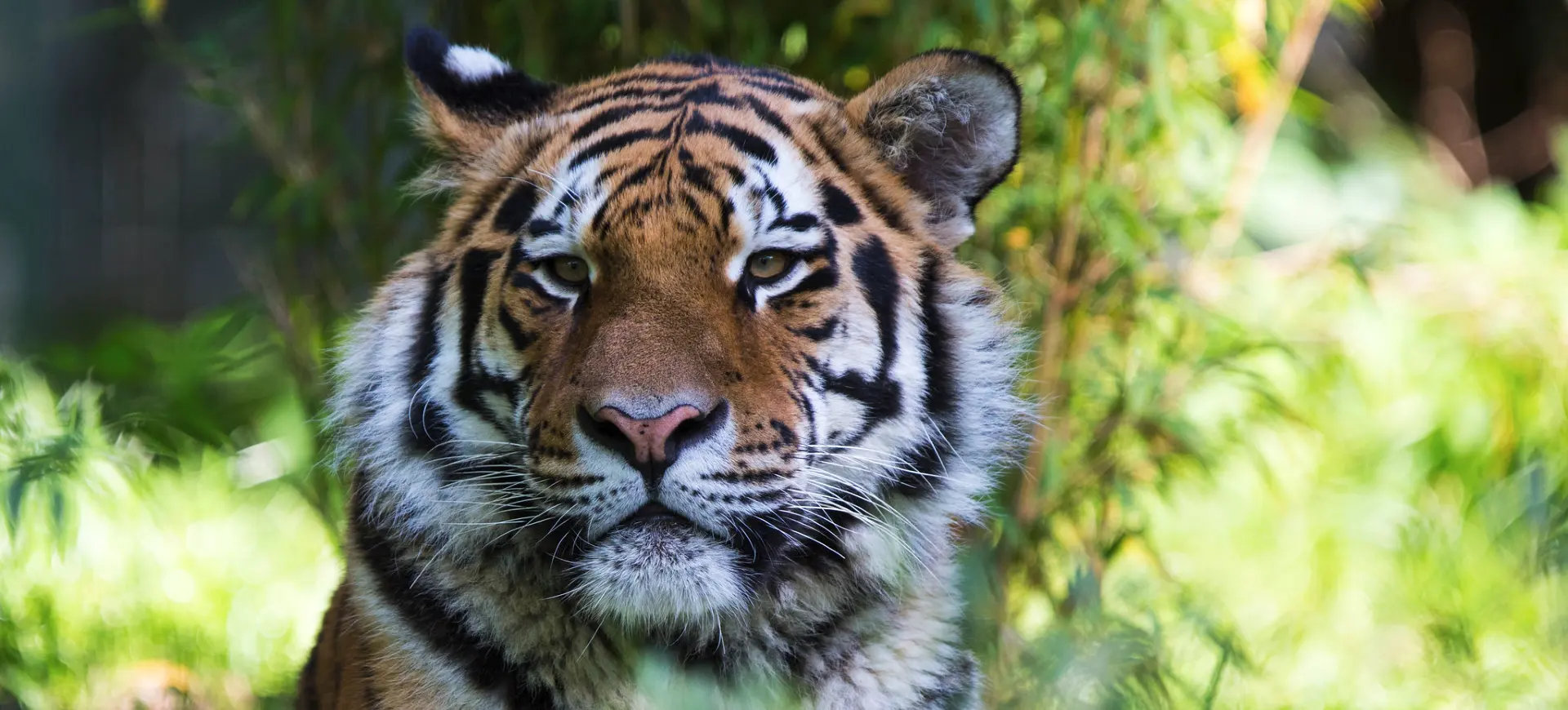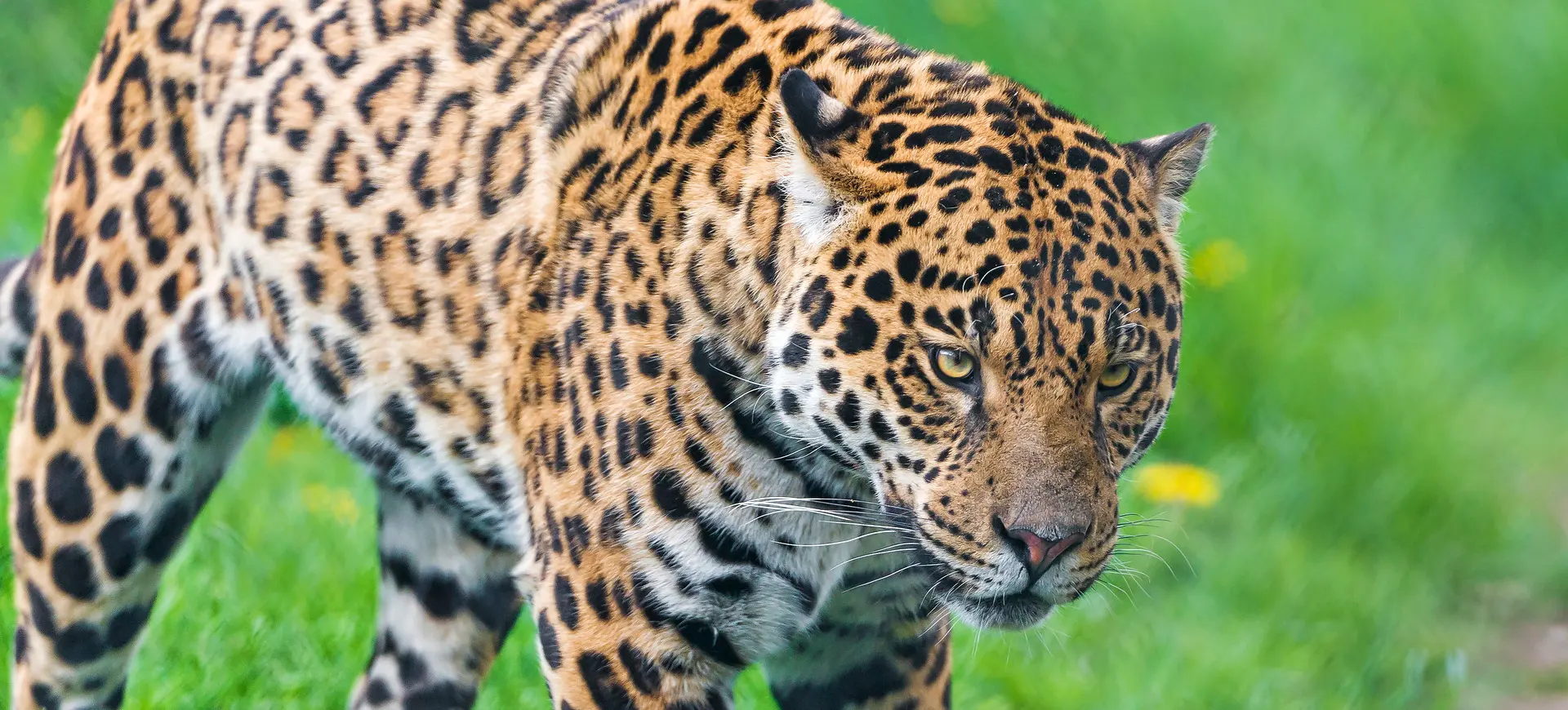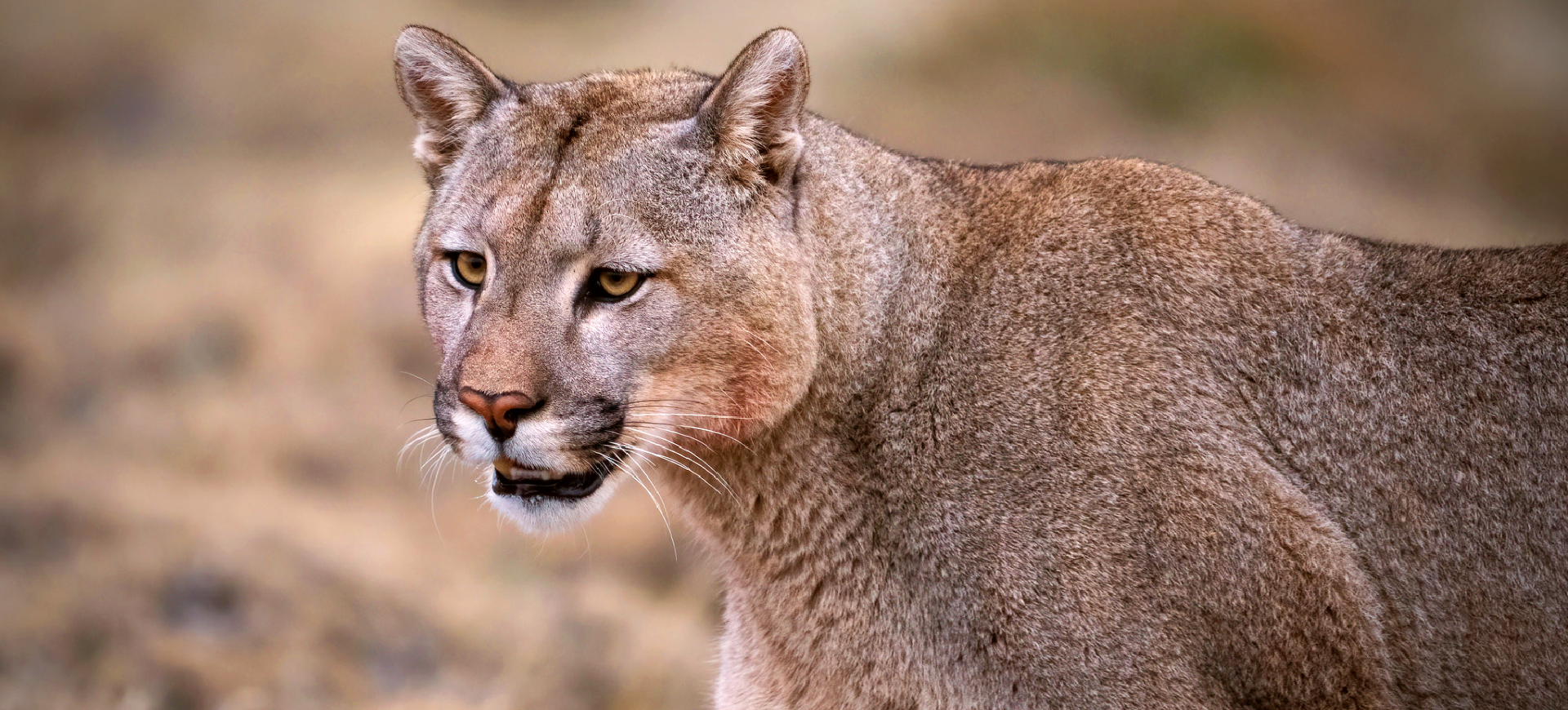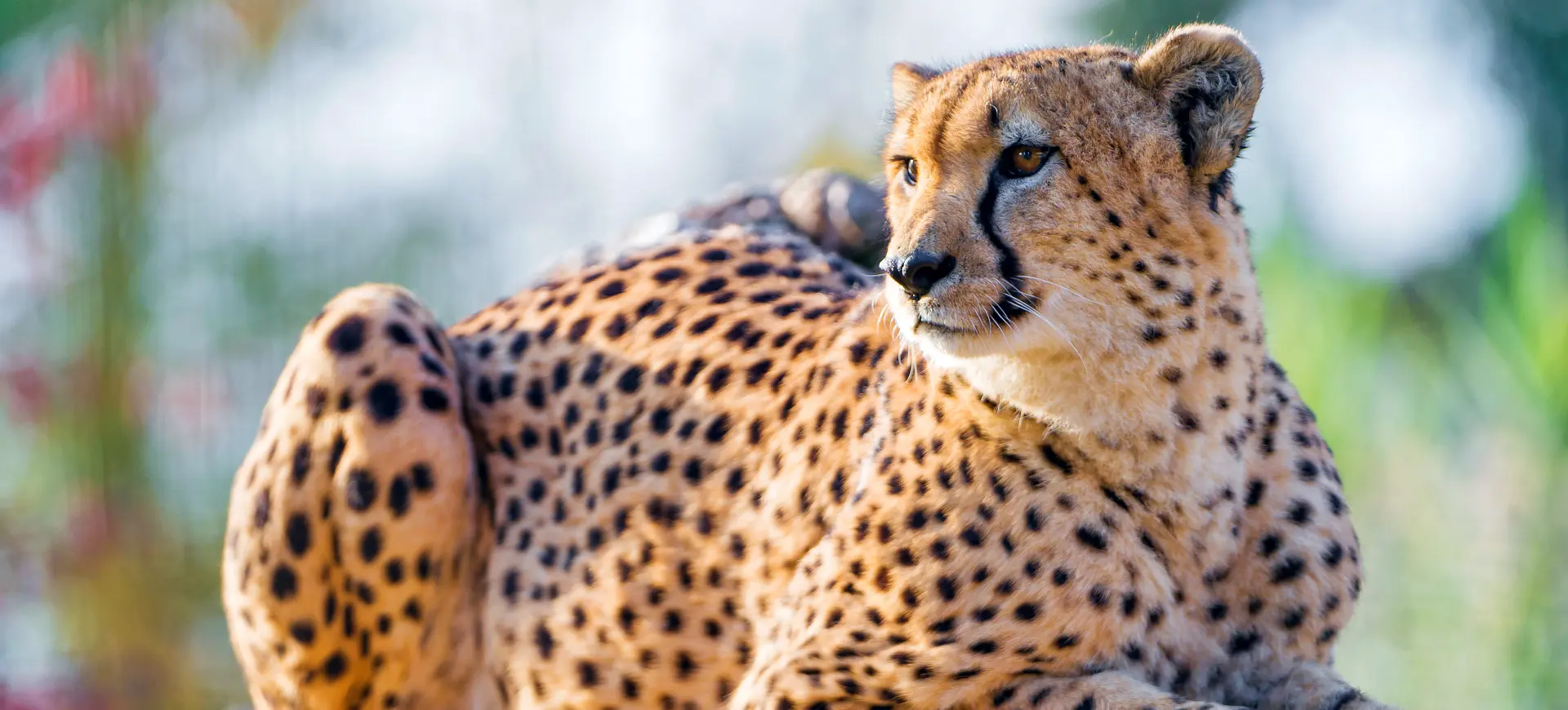Overview
The African Leopard (Panthera pardus pardus) is a solitary and elusive big cat found across various habitats in sub-Saharan Africa. Renowned for its adaptability, the African Leopard thrives in savannas, forests, mountains, and grasslands. Its characteristic rosette-patterned coat provides excellent camouflage, aiding its ambush-hunting technique. This apex predator plays a crucial role in maintaining the ecological balance by controlling the population of herbivores.
African Leopards are incredibly versatile in their hunting methods, capable of taking down prey much larger than themselves. Their diet primarily includes ungulates, primates, and small mammals, but they are also known to hunt fish and birds. These leopards are nocturnal, relying on their exceptional night vision to track and hunt prey under the cover of darkness. Their powerful limbs and muscular build enable them to carry prey twice their body weight into trees to avoid scavengers.
Despite their adaptability, African Leopards face significant threats from habitat loss, human-wildlife conflict, and poaching. They are often killed in retaliation for livestock predation or hunted for their beautiful pelts. Conservation efforts are in place to protect their habitats and reduce human-leopard conflicts. Continued research and monitoring are essential to ensure the long-term survival of this iconic species.
Taxonomy
Kingdom
Phylum
Class
Order
Family
Genus
Species
Sub Species
Type
Current distribution:
African Leopards are distributed widely across sub-Saharan Africa, from the southern tip of the continent to parts of the Sahel region. They are present in South Africa, Kenya, Tanzania, Botswana, and Namibia. Populations also exist in parts of West Africa, although these are more fragmented and less studied. The species' range extends into arid and moist environments, demonstrating their adaptability.
Despite their broad distribution, African Leopard populations are declining in many areas due to habitat fragmentation and human pressures. Protected areas like national parks and reserves are vital for their survival, providing refuge where they are less likely to encounter poaching and human conflict. They often face significant threats from land conversion and hunting outside protected areas. Efforts to map and monitor their populations are ongoing to better understand and mitigate these threats.
Physical Description:
The African Leopard is a medium to large-sized cat with a compact, muscular body and a broad head. Its coat is a warm, golden-yellow in background color, adorned with black spots arranged in rosettes – larger rings of spots encircling smaller ones. These rosettes provide excellent camouflage in different environments. The underparts of the leopard are white, with blocky black spots. Its long tail aids in maintaining balance while navigating trees and ends with a tuft of fur.
Leopards’ eyes are light green to yellow and are adept at seeing in low light conditions, which aids in their nocturnal hunting habits. They possess potent jaws, sharp retractable claws, and a rough tongue for shearing flesh from their prey. Melanistic African Leopards, often referred to as Black Panthers, have a nearly black coat due to a genetic mutation. Regardless of color, the African Leopard’s physical characteristics epitome of stealth and strength.

Lifespan: Wild: ~15 Years || Captivity: ~23 Years

Weight: Male: 130–201 lbs (59–91 kg) || Female: 62–132 lbs (28–60 kg)

Length: Male: 52–58 in (132-147 cm) || Female: 43–47 in (109-119 cm)

Height: Male: 28–31 in (71–78 cm) || Female: 24–28 in (61–71 cm)

Top Speed: 36 mph (58 km/h)
Characteristic:
Native Habitat:
The African Leopard can be found in a wide range of habitats across sub-Saharan Africa, demonstrating remarkable adaptability. These habitats span from the rainforests of West and Central Africa to the arid landscapes of the Kalahari and Sahara Deserts. They also inhabit savannahs, woodlands, grasslands, mountainous landscapes, and coastal scrublands. They are absent in highly arid regions and vast desert expanses with little cover or water.
Their preferred habitat is typically dense bush and riverine forests, with plenty of cover for hunting and breeding. They strongly prefer rugged landscapes, often seeking out caves, crevices, or dense vegetation for resting during the day. An integral part of the leopard’s habitat is the availability of trees, which they use for storing kills, evading predators, and resting.
Biomes:
Biogeographical Realms:
Continents:
Countries:
Diet:
Diet & Feeding Habits:
African Leopards are carnivorous and possess an incredibly diverse diet, ranging from small rodents and birds to larger ungulates such as gazelles, impalas, and young wildebeests. They are also known to eat reptiles, fish, and insects. Leopards are ambush predators, relying on stealth and the element of surprise rather than the stamina-chasing technique of predators like cheetahs or wild dogs. They are adept climbers, often storing their kill in the trees to avoid scavengers such as hyenas and lions.
Leopards are not opposed to scavenging if the opportunity arises and have been known to steal kills from other predators. These big cats have an exciting feeding pattern: after making a kill, they consume as much as possible, then rest and digest for a while before continuing to eat. This pattern repeats until the entire carcass is consumed, including smaller prey’s bones, fur, and feathers. The versatile feeding strategy of the African Leopard aids its survival in diverse habitats.
Mating Behavior:
Mating Description:
The African Leopard is a solitary animal for most of the year. Still, when females enter estrus, they will signal their readiness to mate by marking their territory with strong-smelling urine and vocalizations. Mating can occur at any time of the year, but in many regions, it peaks during the rainy season when prey availability is high. The male and female will pair off for a few days to mate, engaging in the act multiple times daily.
After mating, the male leopard typically leaves, playing no role in raising the offspring. The female will find a safe and secluded spot to give birth, usually in dense vegetation or a cave. This haven is essential to protect vulnerable cubs from other predators, including male leopards.
Reproduction Season:
Birth Type:
Pregnancy Duration:
Female Name:
Male Name:
Baby Name:
Social Structure Description:
African Leopards are solitary and territorial animals, with males and females only coming together to mate. Each leopard has its territory, which it marks with urine and claw marks on trees to warn off other leopards. Male territories are more extensive and can overlap with those of several females.
Leopards communicate through various vocalizations, body language, and scent marks. Despite their solitary nature, they have a complex social structure based on respect for territorial boundaries, with dominant males having access to prime territories. These territorial disputes can sometimes lead to fights, which can be fatal.
Groups:
Conservation Status:
Population Trend:
Leopard populations are widely distributed but fragmented across their range in Africa. Despite this wide distribution, their numbers have steadily decreased due to various threats. In some regions like West and Central Africa, their status is particularly critical and is considered regionally endangered.
In East and Southern Africa, leopard populations are more stable but face substantial threats. It’s challenging to accurately estimate their numbers due to their secretive nature and the vast and diverse range they inhabit. Despite their resilience and adaptability, the leopard’s decreasing trend is a significant concern for conservationists.
Population Threats:
Leopards face numerous threats that contribute to their decreasing population. Habitat loss and fragmentation due to expanding human settlements, agriculture, and development projects are the main threats, reducing the areas where leopards can live and hunt. The decrease in natural prey due to overhunting by humans forces leopards to prey on livestock, leading to human-wildlife conflict.
Trophy hunters and poachers also target leopards for their beautifully patterned skin and other body parts used in traditional medicine and rituals. Furthermore, they face threats from diseases and inbreeding in areas where their populations are fragmented and isolated. The combined impact of these threats has led to a concerning decline in leopard populations.
Conservation Efforts:
Various conservation initiatives are working to secure the future of the African Leopard. Protected areas have been established across their range to provide safe habitats where they can thrive. Anti-poaching patrols and laws have been implemented in several countries to curb illegal hunting and leopard skins and parts trade.
Initiatives to reduce human-wildlife conflict are also crucial. This involves educating communities living near leopard habitats about the ecological role of leopards and implementing measures to protect livestock from leopard attacks. Moreover, researchers are conducting studies to better understand leopard ecology and behavior, which will inform more effective conservation strategies. Despite these efforts, more must be done to ensure the leopard’s long-term survival.
Additional Resources:
Fun Facts
- Leopards are renowned for adapting to various habitats, from rainforests to arid landscapes.
- African Leopards are expert climbers who often store their kills in trees to protect them from scavengers.
- They are among the most elusive and secretive big cats, often called the “ghosts of the forest.”
- Unlike many big cats, leopards are good swimmers and are known to enjoy taking a dip.
- Their unique coat pattern provides excellent camouflage, allowing them to blend into their environment.
- The black leopard, or “Black Panther,” gets its dark coat from a genetic mutation known as melanism.
- Leopards have a broad diet and can consume over 90 different species of animals.
- The African Leopard communicates using a variety of vocalizations, including growls, roars, and purrs.
- When a female is ready to mate, she’ll initiate a courtship with a male by leading him on a chase.
- All African Leopards in AZA zoos are likely to be hybrids with Amur Leopards because the AZA decided to focus solely on the Amur subspecies for conservation purposes.











